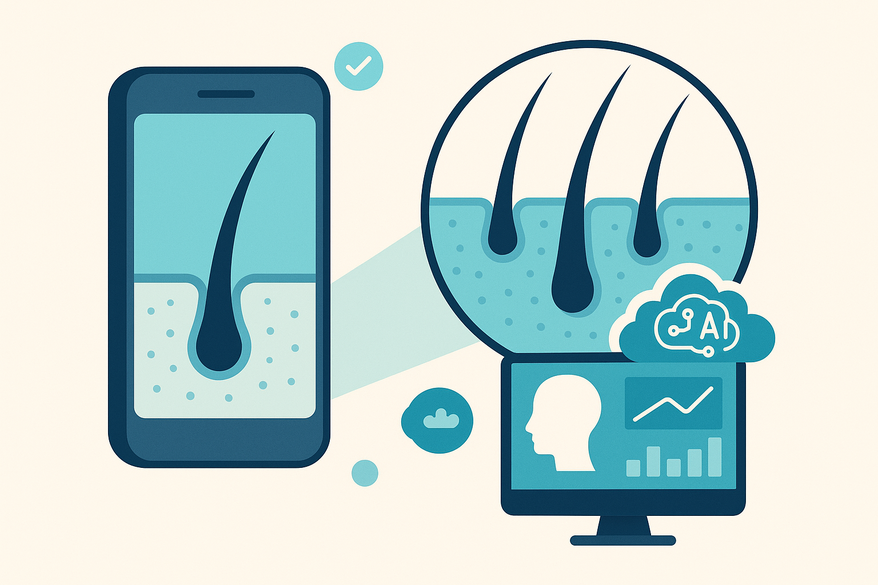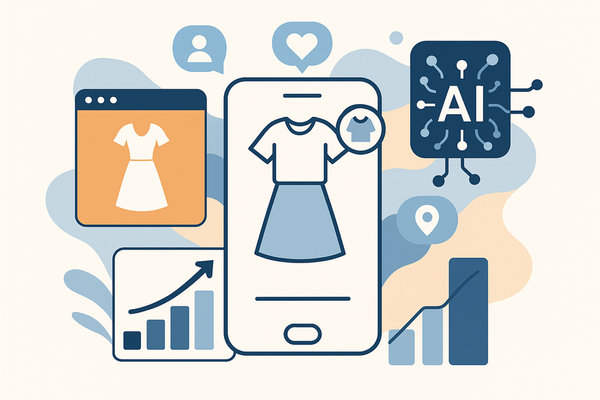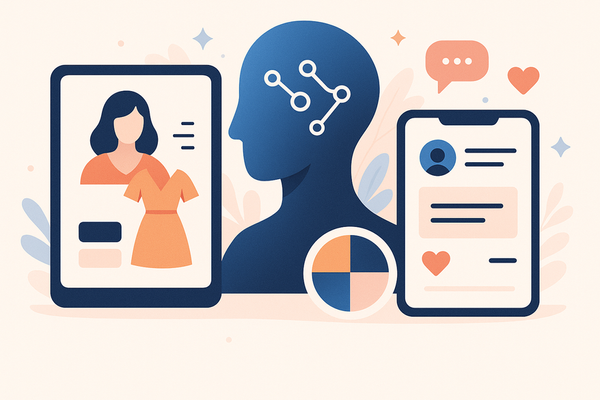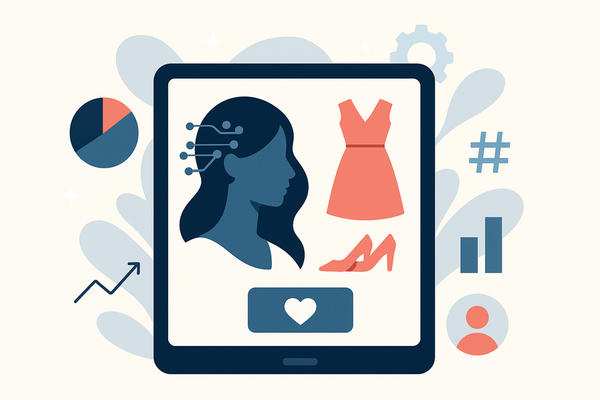Digital Hair Diagnostic Tool: AI Revolutionizes Hair & Scalp Health
Discover how a digital hair diagnostic tool uses AI for real-time analysis of hair and scalp health, providing data-backed insights for personalized care.

Estimated reading time: 6 minutes
Key Takeaways
- AI-driven tool offers objective, real-time hair and scalp analysis
- Quantifies hair density, growth rates, and scalp conditions
- Personalized care recommendations replace guesswork
- Accelerates diagnosis and preventive treatment
- Future promises at-home scans and broader data sets
Table of Contents
- How the Digital Hair Diagnostic Tool Leverages AI
- Mini-glossary of key terms
- Step-by-Step Process of a Digital Hair Diagnostic Tool
- User-friendly features
- Key Benefits of a Digital Hair Diagnostic Tool
- Real-World Applications of Digital Hair Diagnostic Tools
- Limitations of a Digital Hair Diagnostic Tool
- The Future of Digital Hair Diagnostic Tools
- Conclusion
How the Digital Hair Diagnostic Tool Leverages AI
The digital hair diagnostic tool relies on advanced AI and image analysis in three stages:
- Machine learning
- Trained on thousands of scalp and hair images
- Detects patterns in texture, density, and damage
- Models improve continually with new data
- Image analysis
- High-resolution cameras capture detailed scalp close-ups
- Algorithms measure hair density, follicle size, and texture
- Quantitative metrics assess dryness, oiliness, and flakes
- Diagnostic software
- Real-time processing converts images into actionable data
- Dashboards present graphs of hair count, thickness, and moisture
- Built-in suggestions tailor personalized care routines
Mini-glossary of key terms
- Hair density: Number of hairs per cm² of scalp
- Scalp health: Indicators of dryness, oiliness, or flakes
- Follicle assessment: Rate of hair growth, follicle size, and miniaturization
- Machine learning: AI technique for learning patterns from data
Step-by-Step Process of a Digital Hair Diagnostic Tool
- Imaging
- A clinic device or smartphone attachment captures scalp photos
- Lighting and magnification ensure clear, detailed shots
- Data Collection
- The system records hair density, thickness, and scalp moisture
- It tracks miniaturization rates of follicles over time
- AI Analysis
- Algorithms compare images against reference datasets
- The tool classifies features as normal or abnormal
- Result Delivery
- Users receive an automated report with images and charts
- Personalized care suggestions appear alongside metric scores
- Progress Tracking
- Periodic scans allow before-and-after comparisons
- Clinicians and users monitor treatment efficacy over weeks or months
User-friendly features
- Non-invasive scans—no hair clipping required
- Quick results in under five minutes
- Mobile app integration for at-home follow-ups
Key Benefits of a Digital Hair Diagnostic Tool
- Speed & Efficiency
- Instant results cut down on lab delays
- Clinicians can diagnose in a single visit
- Accuracy & Objectivity
- AI reduces human bias and error
- Subtle changes are detected early
- Personalized Insights
- Tailored product and routine recommendations
- Data-driven advice replaces guesswork
- Preventative Care
- Early detection of thinning or scalp issues
- Timely interventions slow or stop hair loss
- Empowerment
- Users gain clear, quantified evidence
- Professionals and consumers make informed decisions
Real-World Applications of Digital Hair Diagnostic Tools
- Clinical Use
- Dermatologists and trichologists employ HairMetrix to refine diagnoses
- They monitor hair restoration outcomes with precise metrics
- Salon & At-Home
- Nexxus XX-Analyzer enhances salon consultations
- Kérastase K-Scan brings professional-grade analysis home
- Expert Testimonials
- “AI tools deliver quicker, more reliable diagnoses,” say hair scientists
- Professionals cite reduced assessment time and higher patient trust
- User Feedback
- Clients praise transparent metrics and tailored plans
- Many report faster improvements in hair texture and scalp comfort
Limitations of a Digital Hair Diagnostic Tool
- Diagnostic Scope
- Best for screening and monitoring common issues
- Rare or complex conditions may need lab tests or biopsies
- Professional Advice
- Persistent symptoms warrant dermatology or trichology consults
- AI reports should supplement, not replace, medical expertise
- Data Privacy
- High-resolution images are sensitive personal data
- Platforms must offer encrypted storage and clear consent forms
The Future of Digital Hair Diagnostic Tools
- Ongoing Research
- Expanded image libraries include diverse hair types and ethnicities
- ML models gain accuracy with more annotated data
- Tech Advancements
- Smartphone integrations make scans as easy as snapping a photo
- Cloud-based analytics deliver real-time teleconsultations
- Mainstream Adoption
- Affordable home devices will become common in hair-care routines
- Data-driven monitoring may rival daily skin-care apps
Conclusion
A digital hair diagnostic tool leverages AI and image analysis to deliver fast, accurate, and personalized hair and scalp insights. By quantifying hair density, follicle health, and scalp conditions, these devices empower users and professionals with data-driven decisions. While they excel at screening and monitoring, users should combine results with expert advice for complex cases. As AI-based diagnostics evolve, at-home scalp scans may become a daily health habit.
Amplify your hair health journey with AI-powered insights from Maxx Report.
FAQ
- What is a digital hair diagnostic tool?
It’s an AI-powered device that analyzes hair and scalp health through high-resolution imaging and machine learning.
- How accurate is the analysis?
Accuracy improves over time as models train on larger, annotated datasets, detecting subtle changes early.
- Is the process safe and non-invasive?
Yes. Scans require no hair clipping or chemicals, and data is processed securely.
- Can it replace professional diagnosis?
AI reports supplement expert advice but should not substitute consultation for complex or rare conditions.
- Who can benefit from this tool?
Anyone seeking objective, data-driven insights—clinicians, salon professionals, and at-home users alike.





